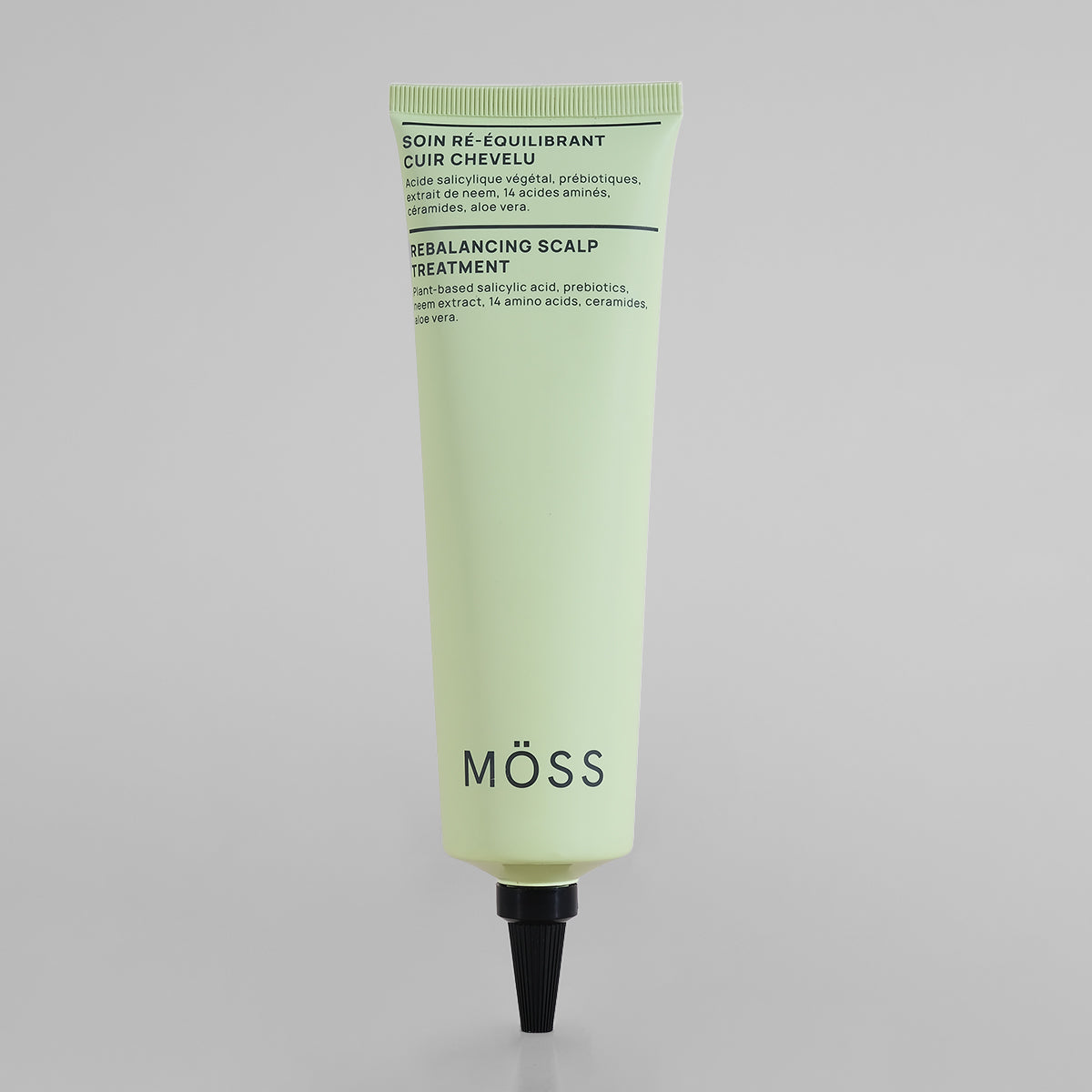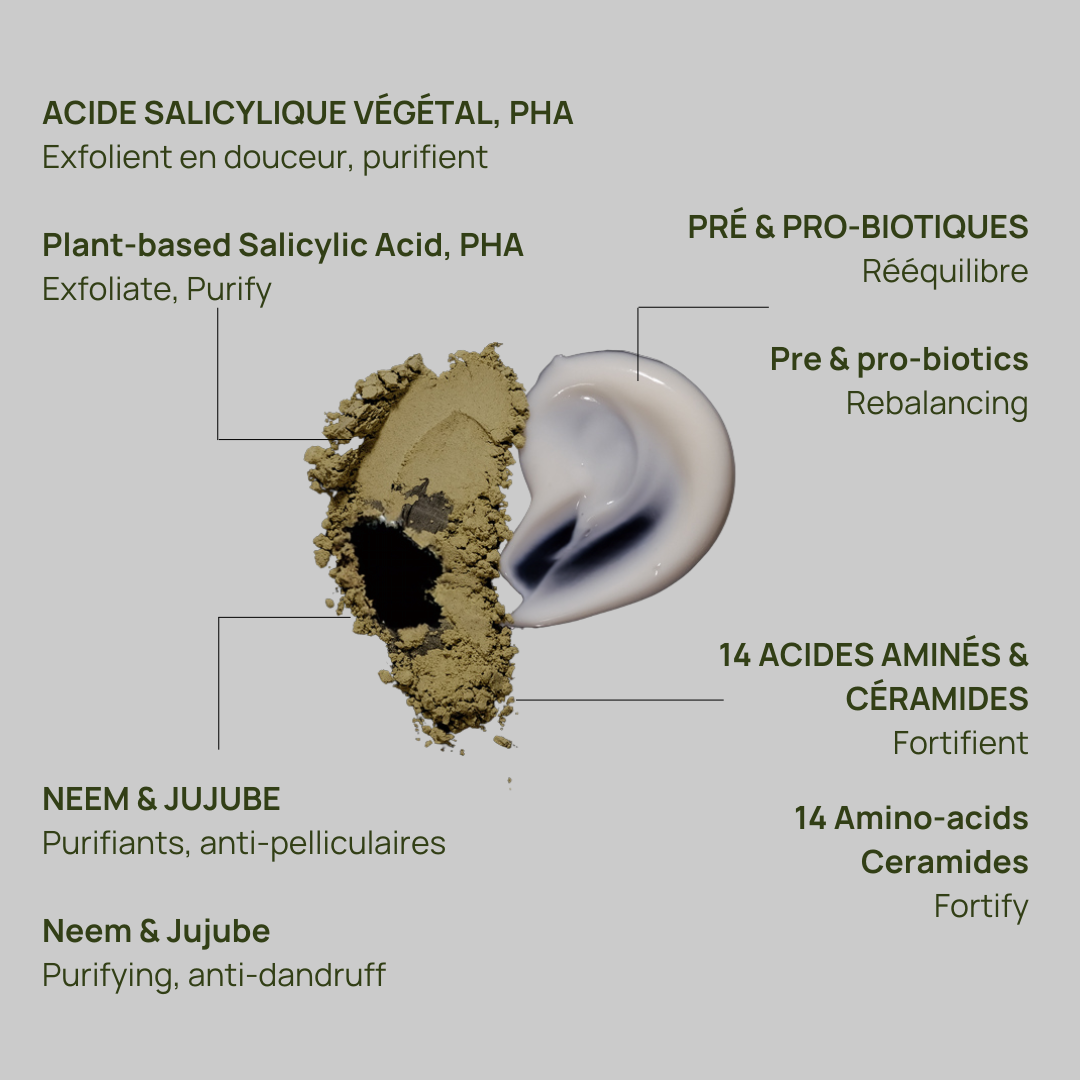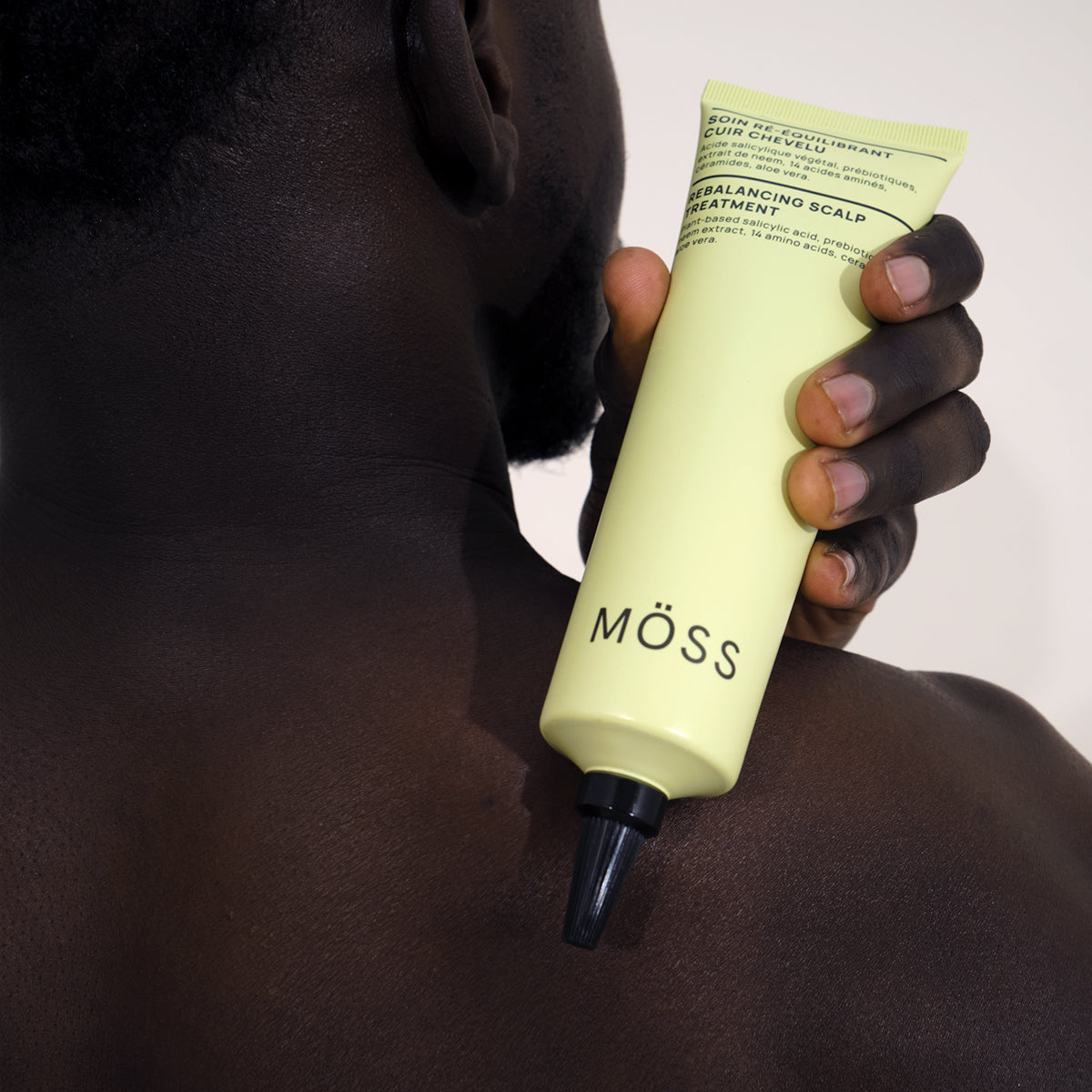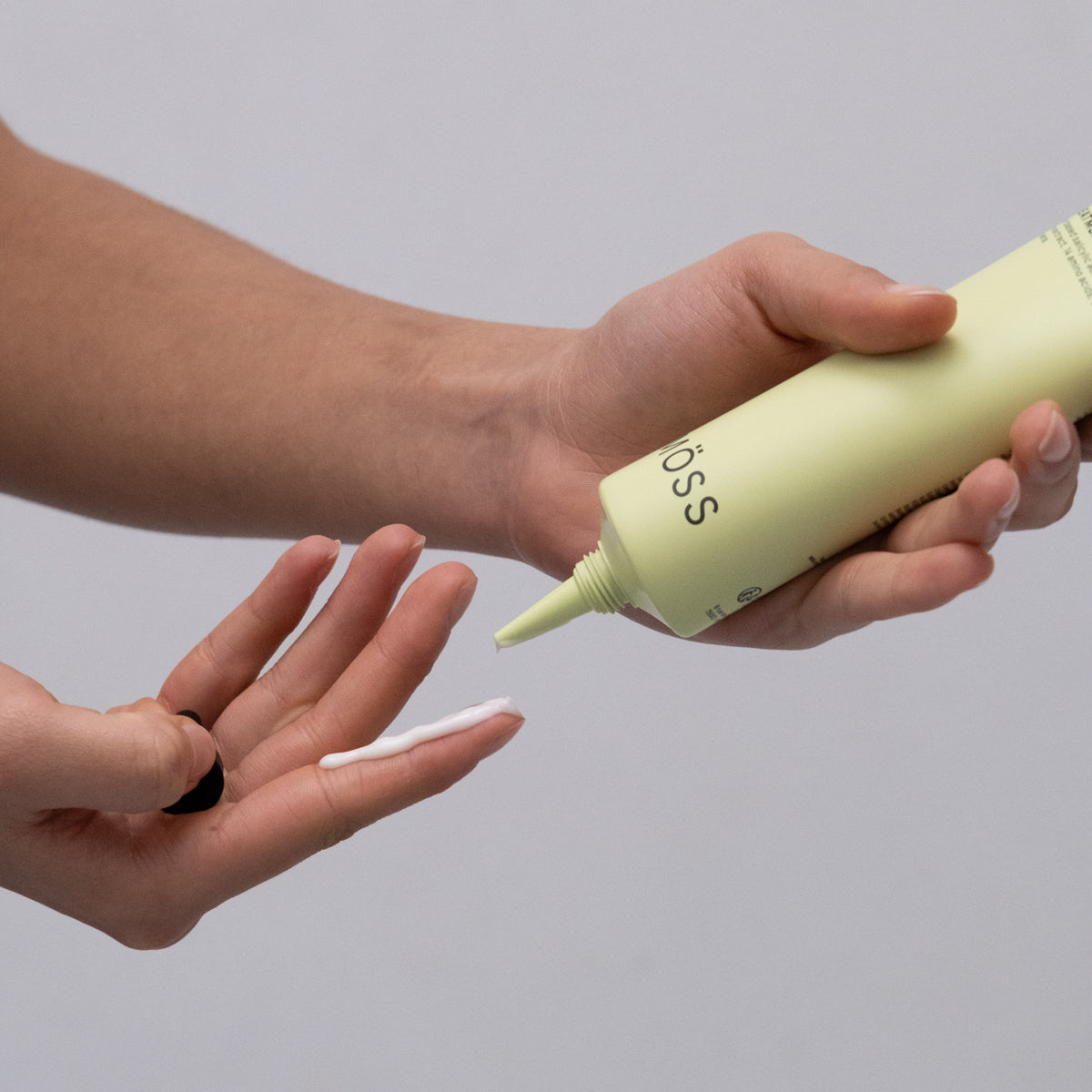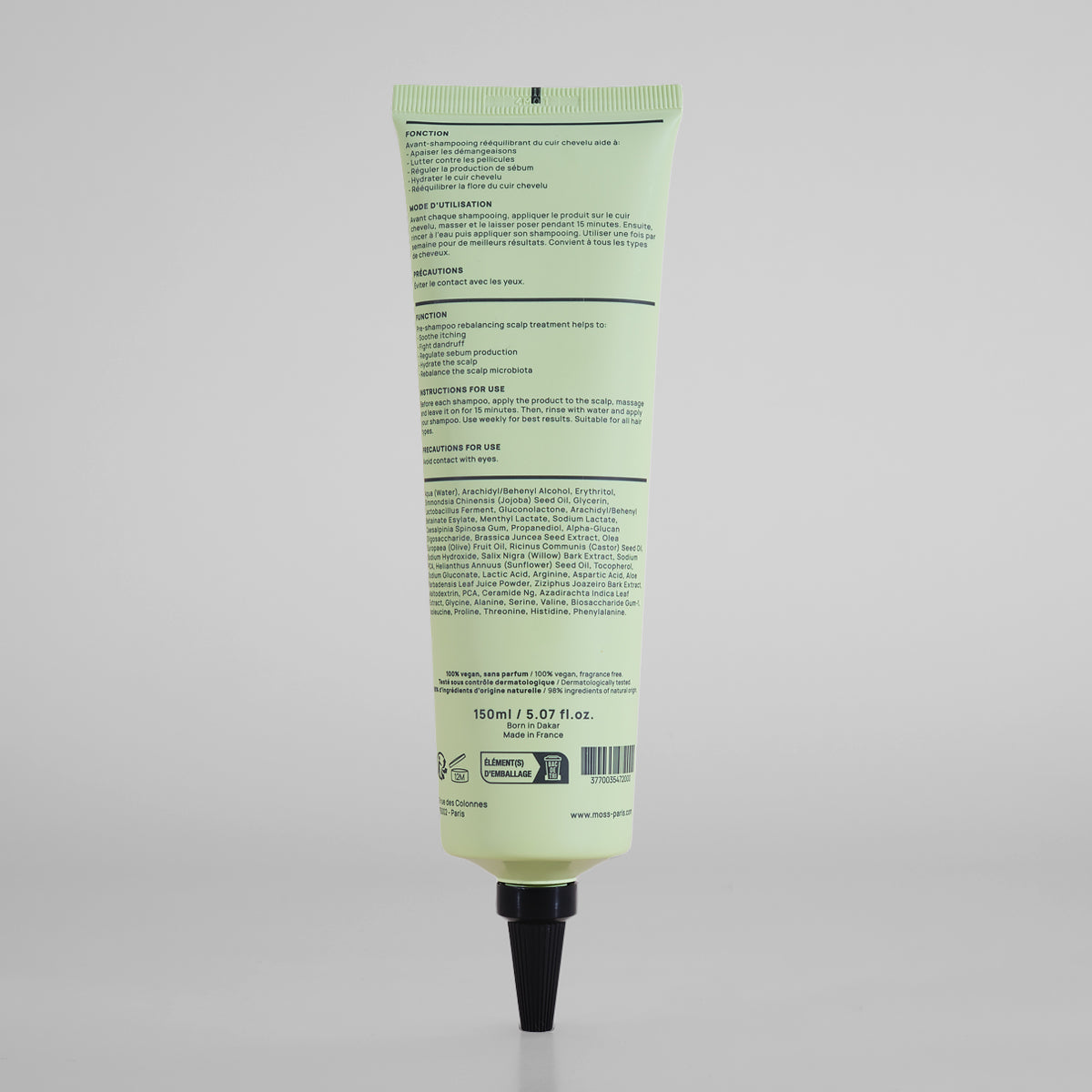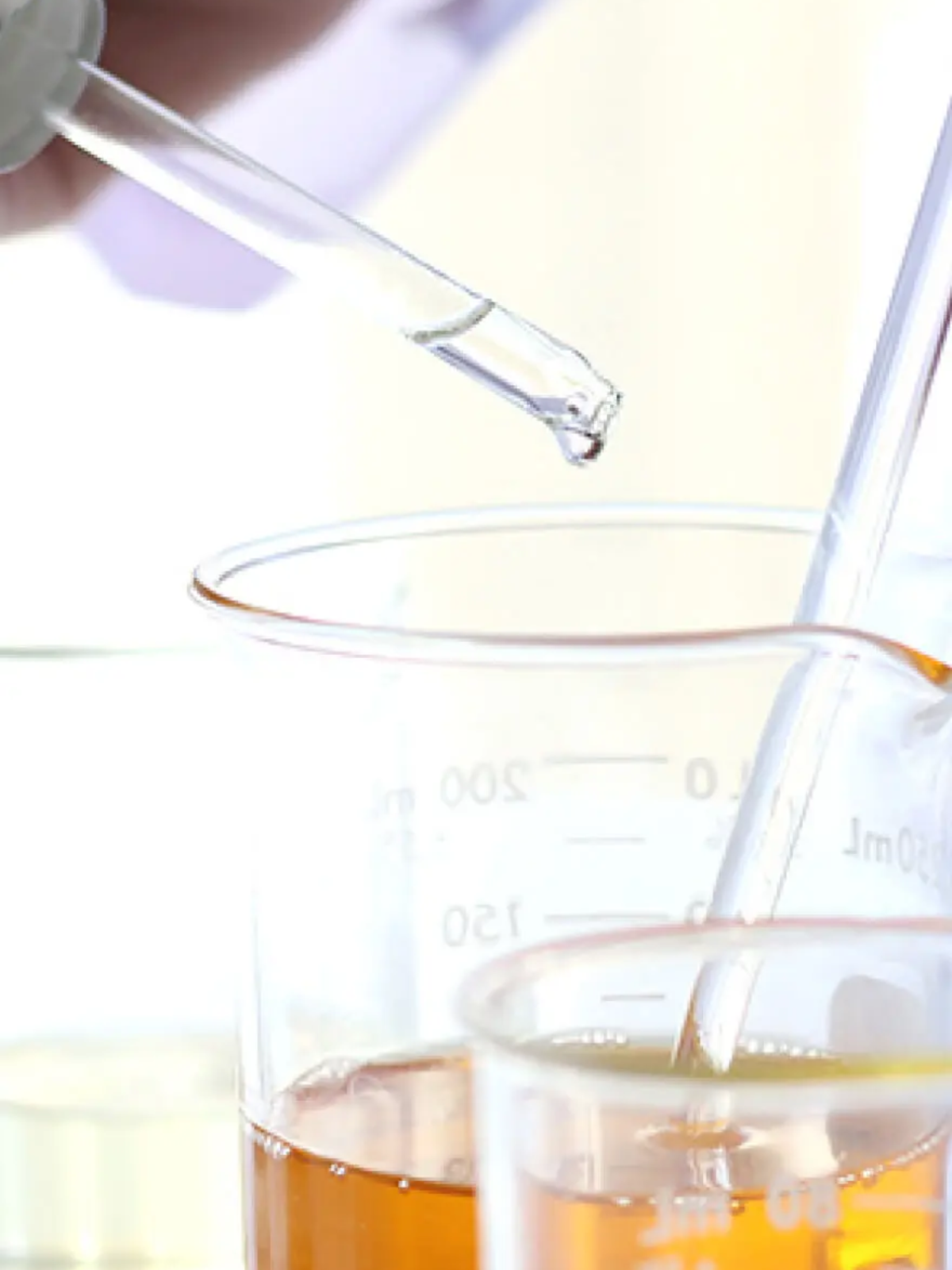Do oil baths worsen dandruff and seborrheic dermatitis?
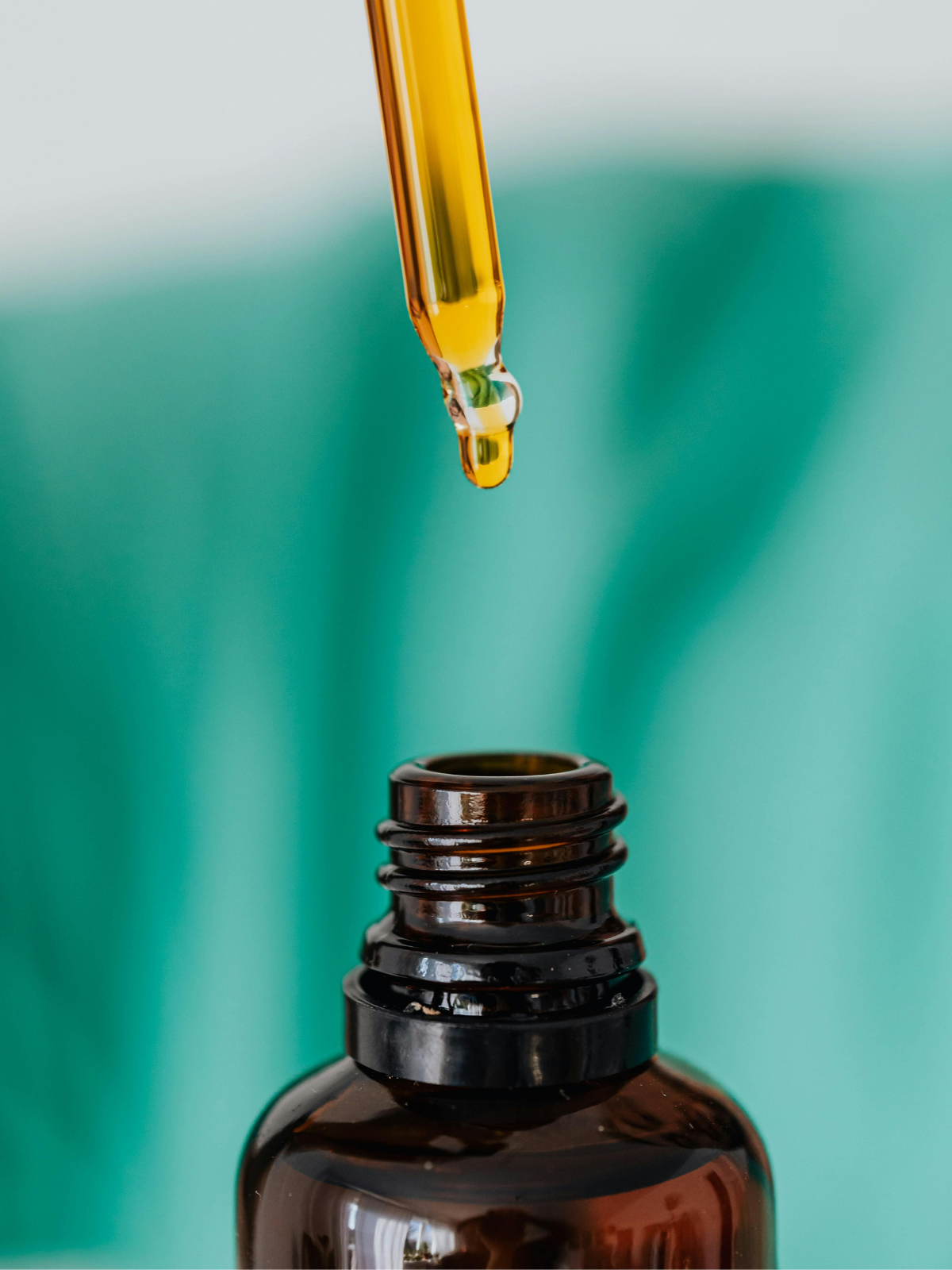
Seborrheic dermatitis is a chronic inflammatory skin condition characterized by red, greasy scales (similar to dandruff), and itching, mainly located on the scalp, the sides of the nose, eyebrows, or behind the ears. This condition is often linked to an excessive proliferation of a yeast naturally present on the skin: Malassezia .
Although many people use plant oils to soothe or moisturize their hair, it's important to know that some oils can actually worsen the symptoms of seborrheic dermatitis and dandruff .
Malassezia yeast and its appetite for certain lipids
Malassezia yeast, which includes several species such as Malassezia furfur , M. globosa , or M. restricta , is a natural part of the skin microbiome. In some people, this yeast can overgrow, especially in areas rich in sebum, triggering an inflammatory response.
This fungus is distinguished by a particular characteristic: it is lipophilic , that is to say that it needs lipids (fats) to develop. More precisely, it feeds on fatty acids of carbon length C12 to C24 , which corresponds to fatty acids whose carbon chain contains between 12 and 24 carbon atoms.
For example :
-
Lauric acid has 12 carbon atoms (C12),
-
Oleic acid , very present in olive oil, has 18 atoms (C18),
-
Arachidic acid contains 20 atoms (C20).
These fatty acids are very present in many vegetable oils commonly used in cosmetic care.
How Malassezia digests oils: role of lipases and phospholipases
Malassezia cannot metabolize complex fats directly. It uses specific enzymes for this: lipases and phospholipases .
-
Lipases are enzymes capable of breaking down triglycerides (the main type of fat in oils) into free fatty acids .
-
Phospholipases act in a similar way but on phospholipids , essential components of cell membranes.
Once released, C12 to C24 free fatty acids become an ideal fuel source for yeast, promoting its proliferation. This process is often accompanied by the production of inflammatory compounds, which irritate the skin and cause the characteristic symptoms of seborrheic dermatitis: redness, oily scales, and itching.
The most problematic oils in cases of seborrheic dermatitis
Many natural oils, while popular for their moisturizing or soothing properties, are actually very rich in long-chain fatty acids (C12 to C24). Here are some examples of oils often used in hair or skin care, but which can nourish Malassezia:
| Oil | Main fatty acids present |
|---|---|
| Coconut oil | Lauric acid (C12), myristic acid (C14), palmitic acid (C16) |
| Olive oil | Oleic acid (C18) |
| Avocado oil | Palmitic acid (C16), oleic acid (C18) |
| Shea butter | Stearic acid (C18), oleic acid (C18) |
Coconut oil , in particular, is an interesting case. It is often touted for its antimicrobial properties, particularly thanks to caprylic acid (C8), a short-chain fatty acid with antifungal effects. However, it contains about 47% lauric acid (C12) , which is highly valued by Malassezia . Thus, instead of inhibiting the yeast, it may paradoxically promote its growth if used for prolonged periods on skin prone to dermatitis.
The role of pH and other yeast-promoting factors
The growth of Malassezia is not only influenced by lipids. Skin pH also plays a key role.
-
A slightly acidic pH (around 4.5 to 5.5) is unfavorable to Malassezia.
-
A more neutral or alkaline pH (above 5.5) facilitates yeast enzymatic activity and the release of fungal allergens.
Additionally, the presence of certain vitamins (B1, B6) or amino acids (such as glycine and asparagine) can also stimulate fungal growth in cases of an abundance of lipids on the skin.
Recommendations for hair and scalp care
-
Avoid oil baths in case of dandruff or seborrheic dermatitis : classic vegetable oils (coconut, olive, jojoba, argan, etc.), esters, fatty alcohols, polysorbates, long-chain ceramides.
-
Favor formulations with an acidic pH (4.5 – 5.5) and without perfume.
- Target products that respect the scalp microbiota : Prebiotics, probiotics
What oil alternatives are safe?
Fortunately, there are alternatives that don't feed Malassezia. Here are three types of oils generally considered safe for skin prone to seborrheic dermatitis :
1. MCT Oil (Medium Chain Triglycerides)
MCT (Medium Chain Triglycerides) oils are made up of short fatty acids, mainly C8 (caprylic acid) and C10 (capric acid) . These fatty acids are not usable by Malassezia , making them ideal as moisturizers.
2. Squalane
Squalane is a stable, hydrogenated form of squalene, a molecule naturally present in human sebum. It is non-comedogenic , non-nutritive to yeasts , and offers excellent skin tolerance .
Conclusion
Some oils, especially those rich in long-chain fatty acids (C12 to C24) , can unintentionally feed the Malassezia yeast , the main cause of seborrheic dermatitis. This biological process relies on the action of lipases and phospholipases , which release free fatty acids from lipids applied to the skin. These fatty acids then become a perfect substrate for yeast growth, which worsens redness, scaling, and itching.
For those prone to dandruff or seborrheic dermatitis, it is therefore essential to avoid oil baths and to use suitable treatments , free from oils rich in C12–C24. A better understanding of the ingredients allows you to adopt a routine that is kinder to your skin and better control this chronic condition.
https://pmc.ncbi.nlm.nih.gov/articles/PMC7098993/
https://pubmed.ncbi.nlm.nih.gov/35642120/
